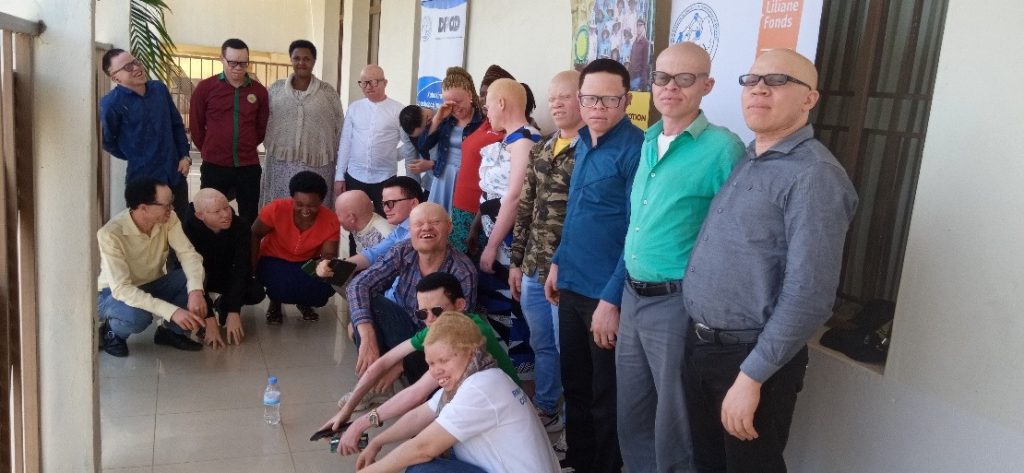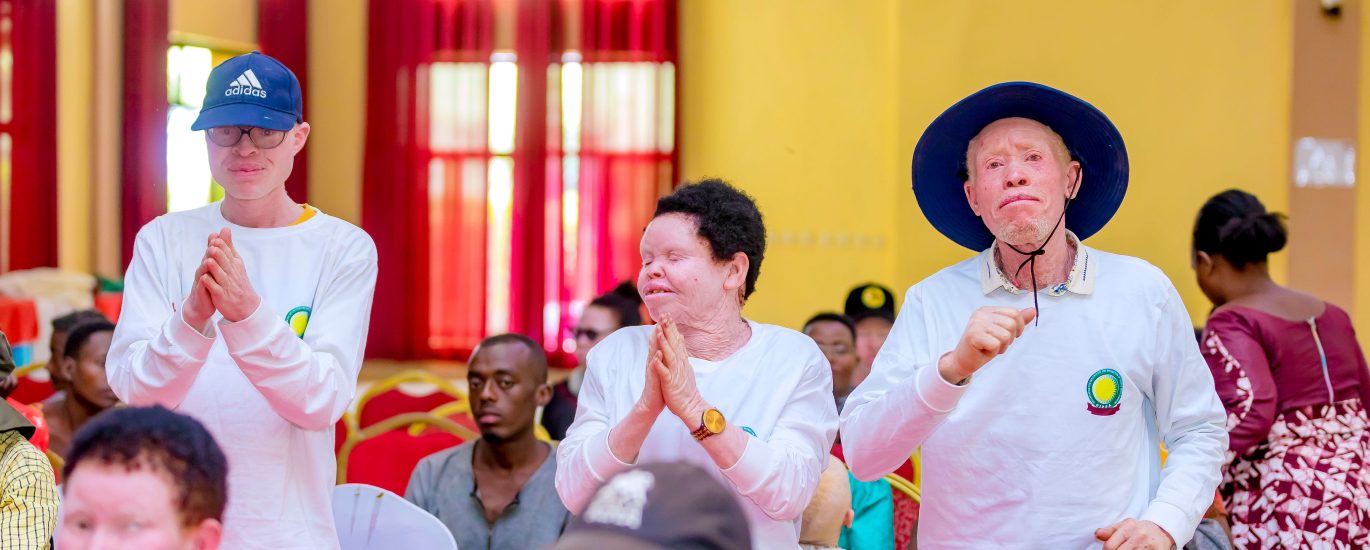Albinism is a rare, genetically inherited condition characterized by a lack of melanin pigment in the skin, hair and eyes. Although it affects people of all races and ethnic backgrounds, albinism remains heavily misunderstood across many cultures. These misconceptions, often rooted in fear, superstition and misinformation, have led to widespread stigma, social exclusion, discrimination and even violent attacks against persons with albinism.
In Rwanda, during the early 2000s, persons with albinism became the targets of brutal violence fueled by the false belief that their body parts possessed magical powers capable of bringing wealth, success or good fortune. Witchcraft-related practices led to abductions, mutilations and killings, forcing many families into hiding and prompting government intervention. Public awareness campaigns and stronger legal protections have since been introduced, but fear and prejudice still persist in some communities.
Similarly, Tanzania has experienced one of the most alarming crises involving persons with albinism. Between 2006 and 2015, the country witnessed a surge of attacks and murders of individuals with albinism. Witch doctors perpetuated myths that potions made from the body parts of persons with albinism could bring prosperity and power. Despite government crackdowns, international outrage and the work of human rights organizations, these horrific practices have left lasting scars. Survivors often live under protection in secure facilities, and many continue to suffer from both physical and emotional trauma.
These tragic examples from Rwanda and Tanzania highlight the urgent global need to dispel myths about albinism. They remind us that ignorance is not harmless, it can result in profound human rights abuses, lifelong trauma and loss of lives. Correcting these misconceptions is a vital step toward creating a safer and more inclusive society. By providing factual information and rejecting superstition, we not only protect individuals with albinism but also affirm their dignity, humanity and rightful place in society.
Myth 1: Persons with albinism have superpowers or magical abilities.
Persons with albinism are ordinary human beings. They do not possess supernatural abilities, magical powers or mystical connections. Albinism is purely a genetic condition resulting from mutations that affect melanin production. Assigning magical traits to individuals with albinism can lead to dangerous superstitions and in some regions, serious human rights abuses.
Myth 2: Albinism is contagious
Albinism is not contagious. It is an inherited genetic condition passed from parents to their children through specific gene mutations. You cannot catch albinism by touching, hugging or being near someone who has it. Fear rooted in this myth only promotes unnecessary isolation and stigmatization.
Myth 3: Only black people have albinism
Albinism affects people of all races and ethnic backgrounds worldwide. Although it may be more visually distinct among people with darker skin, individuals of any ethnicity including Caucasian, Asian, Indigenous and Latino backgrounds can be born with albinism.
Myth 4: Persons with albinism have intellectual disabilities
Albinism does not affect intelligence. Persons with albinism have the same range of intellectual capabilities as anyone else. While vision problems are common, they are unrelated to cognitive function. Assuming intellectual disability based on appearance only perpetuates discrimination and misunderstanding.
Myth 5: Albinism can be cured.
There is currently no cure for albinism. It is a lifelong genetic condition. Treatments and protective measures such as wearing sunscreen, sunglasses and vision aids help manage its effects, but they do not cure the underlying genetic traits.
Myth 6: Persons with albinism don’t need to worry about the sun.
In fact, persons with albinism are extremely vulnerable to sun damage. Without adequate melanin, their skin lacks natural protection from ultraviolet (UV) radiation, making them highly susceptible to sunburn, skin cancer and premature aging. Daily sun protection is essential for their health and well-being.
Myth 7: All persons with albinism are blind.
While visual impairment is common in persons with albinism, most are not blind. Many experience conditions such as reduced sharpness of vision (visual acuity), nystagmus (involuntary eye movement) or photophobia (sensitivity to light), but with the right optical support, many can lead fully functional lives with relatively good vision.
Myth 8: Albinism happens because the parents did something wrong.
Albinism is not caused by any actions, behaviors, or moral failures of the parents. It results from inheriting certain gene mutations from both parents, who often do not have albinism themselves. Blaming parents fosters unnecessary guilt and social shame, which are unjust and baseless.
Myth 9: Persons with albinism cannot have children without albinism.
Persons with albinism can and often do have children without albinism. The inheritance of albinism depends on the specific genetic makeup of both parents. If both parents carry the gene mutation, there is a 25% chance with each pregnancy that the child will have albinism. If only one parent carries the mutation, the chances are significantly lower.
Myth 10: Albinism is a curse or punishment.
Albinism is a natural genetic variation, not a curse, punishment or sign of misfortune. Such beliefs are rooted in superstition and have no scientific basis. Viewing albinism as a curse fosters discrimination, violence and social exclusion. These are real-world injustices that must be eradicated through education and awareness.
Conclusion
Misunderstanding fuels fear, stigma and discrimination. Dispelling myths about albinism is essential for building a more informed, compassionate and equitable society. Persons with albinism deserve the same respect, opportunities and dignity as anyone else. By spreading accurate information and rejecting baseless myths, we can help create a world where difference is celebrated, not feared.



